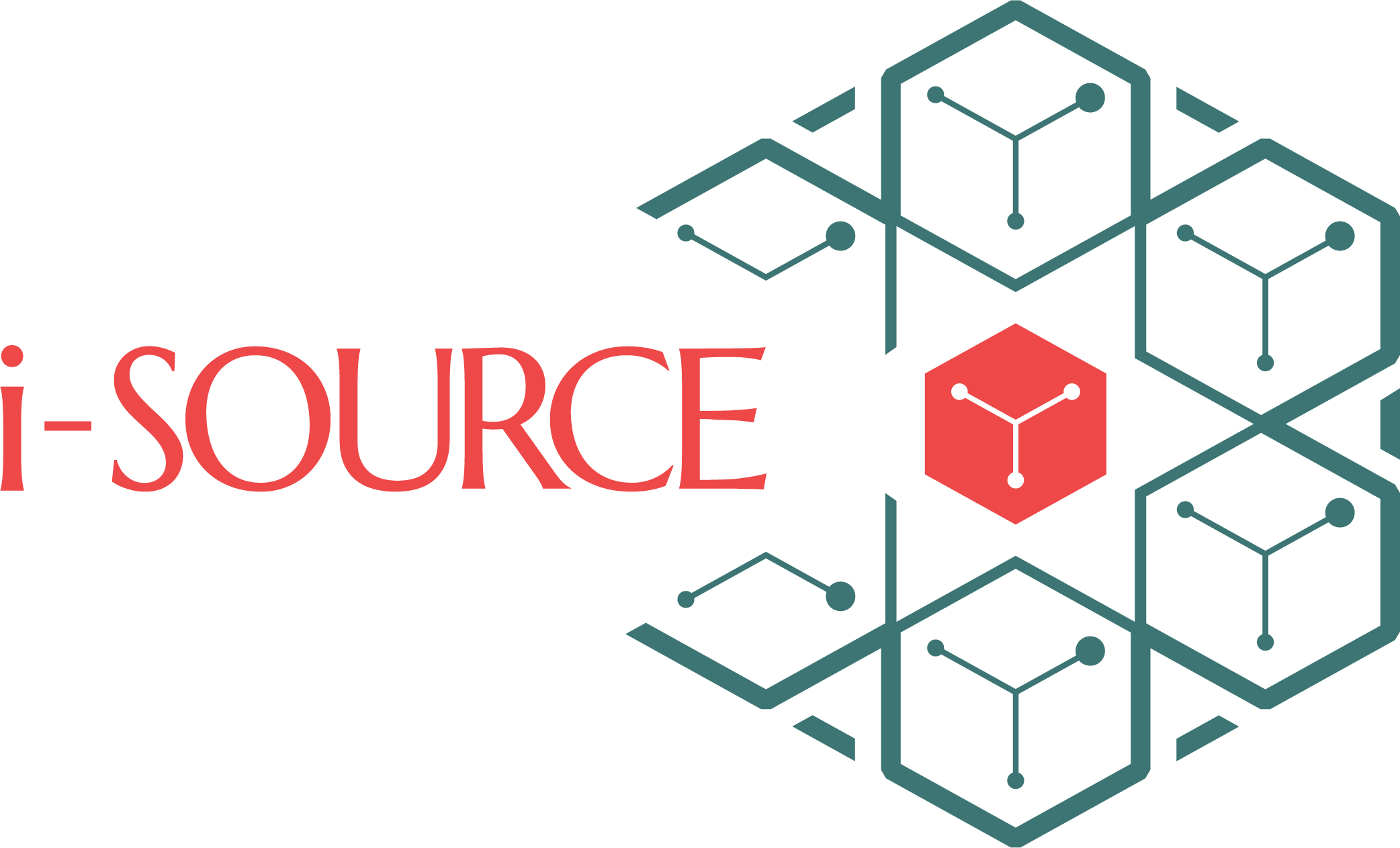Relook at IT Infrastructure Strategies due to AI
In January 2023, Gartner revealed that venture capital firms had invested nearly $1.7 billion in generative AI solutions in only three years. The consulting giant emphasized how this rapid proliferation of the generative AI market could find viable use cases across manufacturing, pharmaceuticals, automobiles, healthcare, etc.
However, this ubiquity of AI reaches far beyond the discrete applications powered by generative AI technologies and large language models (LLMs), in particular. A Deloitte study from 2020 reflects upon how 73% of the respondent organizations had already implemented AI-powered automation. “It seems that robots – although still bearing the burden of deep-seated human stigmas – have entered the mainstream,” emphasized the researchers.
Looking around today, the adoption of AI across industries is no longer a subject of speculation. It is, in fact, a well-acknowledged reality that AI’s prowess is becoming indispensable across businesses of all shapes and sizes. However, this mainstreaming brings along a new set of challenges for enterprises — those associated with accommodating an IT infrastructure that’s geared toward supporting AI-powered solutions.
But before we get into the nitty-gritty of what needs to change and how enterprises can cope, let’s understand how AI is becoming more mainstream, its benefits, and its potential impact.
AI Has Gone Mainstream (and the Potential Impact)
In a 2020 Deloitte survey, 63% of leaders outlined how AI is crucial for business success. A year later, McKinsey & Company reported that 93% of the organizations investing more than 15% of their IT budget on AI were able to drive flexible implementation of their IT initiatives, compared to 69% of organizations with less than 15% allocation towards AI technologies. These businesses were investing in AI-driven customer care, advertising, analytics services, forecasting and demand planning, and more.
The launch of ChatGPT at the tail end of 2022 further solidified AI’s footprint in the market — democratizing it to the extent that, within two months, ChatGPT had more than 100 million monthly active users. As elucidated above, within a short time frame, the generative AI market has gone mainstream with investments driving new businesses and products.
What’s the impact? For one, being early adopters of AI-powered technologies will be crucial for enterprise survival. Every enterprise will have to work around the impact generated by AI technologies that are already in the market and those that will be available in the future. Second, the inclusion of AI into the enterprise IT ecosystem will demand an overhaul of IT infrastructure strategies.
How Is This Advantageous?
AI’s macro-level potential can be broken down into four main advantages:
1. Real-Time Analytics for Improved Decision-Making
AI enables instant data analysis, aiding timely decision-making based on accurate insights and ushering in a competitive edge. This has proven invaluable for organizations to monitor social media sentiments, predict stock market demands, perform real-time fraud detection, optimize inventories in real-time, etc.
2. Business Process Automation
AI facilitates the automation of business processes, allowing machines to handle repetitive manual tasks. This streamlines operations, leading to time and cost savings. Besides, intelligent automation relieves staff from mundane tasks, and they can focus on their core competencies — a facet that’s transforming the user-facing case management function across enterprises.
3. Improved Customer Experience
AI-powered chatbots provide round-the-clock customer support, enhancing the customer experience. On the backend, AI serves well to provide recommendations to support agents and, subsequently, helps them deliver the right solution to customers. This increases customer stickiness, thereby contributing to growth.
4. Enhanced Data Security
From swift threat identification and neutralization to transaction monitoring and anomaly detection, AI ensures better data security. AI-powered cybersecurity solutions can aggregate vast amounts of information to discover malicious patterns and inform security response center teams. Such capabilities are not just limited to the IT infrastructure but are also shaping up to guard physical infrastructures, such as industrial systems and smart cities.
The Demands of AI on IT Infrastructure
Building or enhancing AI infrastructure involves considering various factors, such as:
- Resource Demands: AI requires substantial computing power, storage, and memory to process data and run algorithms efficiently.
- Networking: Fast and reliable networks are crucial to optimize the delivery of results from AI-powered solutions.
- Security: Substantial data is at risk of cyberattacks and accidental leaks. To mitigate these risks, AI solutions require dedicated cybersecurity solutions in place.
- Integration with Existing IT Footprint: Considering the pervasiveness of AI-powered solutions, enterprises need to integrate such solutions with their existing IT assets.
- Technical Expertise: Despite automation, organizations still require skilled professionals, including data scientists, software engineers, and cybersecurity experts, to manage and oversee AI infrastructure.
- Storage and Scalability: Scaling storage capacity, IOPS, and ensuring reliability are vital considerations for AI infrastructure to handle the large data volumes involved.
- Testing and Maintenance: Continuous testing and maintenance are vital to ensuring AI results are accurate and trustworthy.
- Agreements of AI Innovation: Going forward, the trend of sharing and collaboration around AI-powered solutions is expected to drive the growth of the AI market. Therefore, enterprises need to enter into agreements with other parties to ensure that they can benefit from the innovations and leverage them in their own technology stacks.
All in all, organizations must carefully address the significant demands of AI on IT infrastructure to effectively support AI applications and workloads.
How Can Enterprises Cope?
To cope with the mainstreaming of AI in the enterprise, businesses can adopt several strategies:
1. Investing in New IT Infrastructure
Enterprises need to upgrade or expand their IT infrastructure to accommodate the integration of AI technologies. This could entail acquiring additional computing and storage power, extending network capacity, and integrating AI solutions with existing IT stacks.
2. Re-Evaluating IT Infrastructure Strategies
Enterprises must reassess their existing IT infrastructure strategies to ensure they are aligned with the demands of AI integration. This may involve reconfiguring network architectures, optimizing data storage and processing capabilities, and implementing robust security measures to protect sensitive data. This also raises the importance of expert partners who can drive infrastructure strategies, all the way from design through implementation all the way to ongoing support and management.
3. Partnering with AI Vendors
Collaborating with AI vendors is another effective strategy to ensure AI infrastructure readiness. Enterprises can extend their networks to connect with cloud vendors and other businesses that develop AI solutions. They can also leverage AI-specific consulting services to guide them on issues such as network optimization and security management.
4. Developing In-House AI Expertise
Of course, enterprises can also build their AI capabilities by hiring competent professionals and investing in training programs. They can then have greater control over their AI initiatives. However, in that case, they need to be cognizant of cost escalations, especially during a downturn.
By implementing these strategies, enterprises can effectively navigate the mainstreaming of AI and optimize their IT infrastructure to capitalize on the benefits offered by AI-powered technologies.
The Way Forward
As AI becomes more prevalent, organizations must reassess their IT infrastructure strategies to capitalize on its benefits. At i-Source, we specialize in helping enterprises align IT environments with business requirements on an ongoing basis.
Our services, including fully managed and co-managed engagements, optimize the performance, availability, and visibility of business services, applications, and infrastructure. This reduces costs, minimizes repair time, and improves overall service health. Whether you need a partner for your IT department or on-site program management, our experts are here to help.
Contact us today to explore how we can help you navigate the AI-driven landscape and support your business objectives.
Harish Venugopal
Chief of Operations, Cloud & Infrastructure Services

